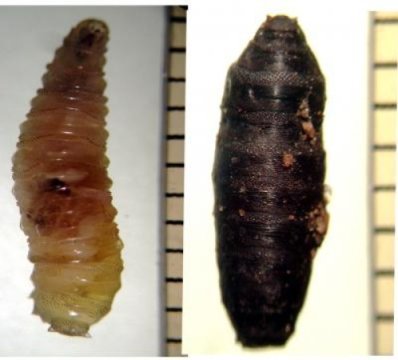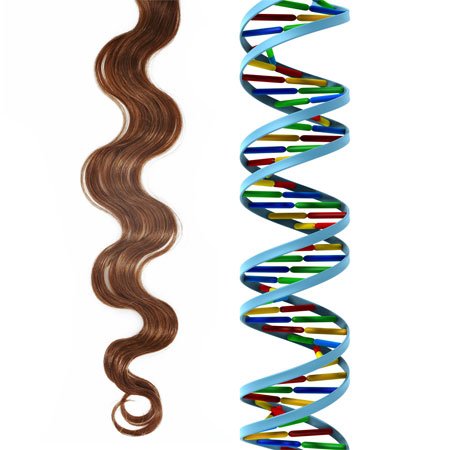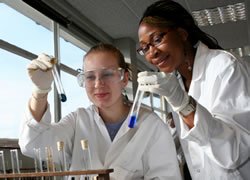As climate change events intensify, leading to an increase of flooding, hurricanes and other cataclysmic related phenomena, the industry of forensic meteorology has slowly started to develop in the past few years – it’s only logical that we start taking a look at it as well.
Forensic meteorology is the process of reconstructing weather events that occurred at a certain time and location. This is achieved by retrieving and analyzing archived meteorological data (local reports, radio and satellite imaging, etc) as well as eye-witness reports and re-creating a time line of meteorological events. Attorneys and insurance companies often require the services of a professional meteorologist to investigate, report on, and provide expert testimony regarding past weather conditions that are pertinent to civil lawsuits, criminal trials, and insurance claims.
Naturally, it’s very rarely that this type of research is important in crimes, but it can happen; still, it’s much more common in insurance and properly loss cases.
Frank Lombardo is a forensic meteorologist, and when Irene struck the East coast less than a few week ago, he was one of the first to be called out to investigate.
“As soon as something happens…whether there’s a catastrophic event or a minor localized event, forensic meteorologists understand things will quiet down, but in a few years from now, it will get into the courts,” says Lombardo, president of , Inc. The Hackettstown, N.J.–based company provides meteorological expertise to public and private sector organizations, including the media.
However, it’s not all about flooding or other major natural disasters, it can also be applied to any kind of event caused (or affected) by the weather or a weather-dependent factor. A forensic meteorologist might be asked to assess whether a lightning sprung a fire, or if a given property is to blame for the injury of a person who slipped down ice and so on.
For their investigation purposes, forensic meteorologists gather data from various sources, but most often, the most reliable are their own measurements. For instance, in a particular case, Lombardo recalls he dealt with a case in which a construction worker was injured by a crane that collapsed – that particular model of the crane could withstand wind velocities of up to approximately 48 to 56 kilometers per hour. Using an anemometer and a few simple vector computations, Lombardo was able to assess that the wind speed near the crane was around 29 to 48 kilometers per hour, enough for it to break. This sealed the case.
“I secured information that supported the case that the [worker] shouldn’t have been operating the crane,” Lombardo says. “It wasn’t his fault. It was a function of the wind converging on the wall, which increased the wind pressure on the crane, causing it to collapse.”
However, data sometimes escapes forensic meteorologists, since most often a major calamity, like the Katrina hurricane, disables weather stations. This is where weather models come in, like the massive computer model called “ADvanced CIRCulation” (ADCIRC), which predicts tidal and storm surge elevations and velocities over large areas. As computer processing advances more and more, there are more and more tools available for this type of research.
Of course, forensic meteorology is also used for crime fighting. There are numerous accounts where a forensic meteorologist’s testimony has provided evidence for a defendant’s alibi or, on the contrary, for an accused’s guilt. Is there any science that doesn’t apply to forensics, really?


